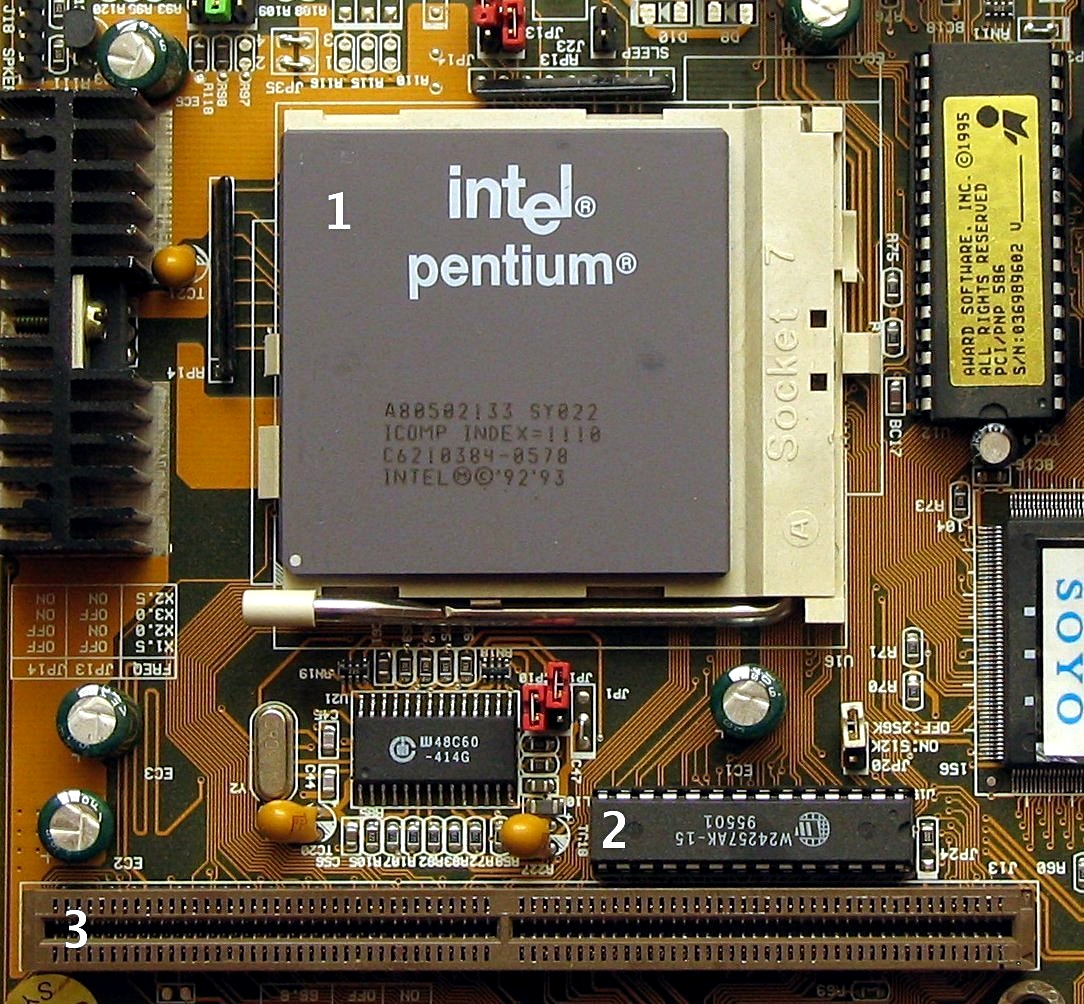Stands for "Central Processing Unit." The CPU is the primary component of a computer that processes instructions. It runs the operating system and applications, constantly receiving input from the user or active software programs. It processes the data and produces output, which may stored by an application or displayed on the screen.
The CPU contains at least one processor, which is the actual chip inside the CPU that performs calculations. For many years, most CPUs only had one processor, but now it is common for a single CPU to have at least two processors or "processing cores." A CPU with two processing cores is called a dual-core CPU and models with four cores are called quad-core CPUs. High-end CPUs may have six (hexa-core) or even eight (octo-core) processors. A computer may also have more than one CPU, which each have multiple cores. For example, a server with two hexa-core CPUs has a total of 12 processors.
While processor architectures differ between models, each processor within a CPU typically has its own ALU, FPU, register, and L1 cache. In some cases, individual processing cores may have their own L2 cache, though they can also share the same L2 cache. A single frontside bus routes data between the CPU and the system memory.
NOTE: The terms "CPU" and "processor" are often used interchangeably. Some technical diagrams even label individual processors as CPUs. While this verbiage is not incorrect, it is more accurate (and less confusing) to describe each processing unit as a CPU, while each processor within a CPU is a processing core.
